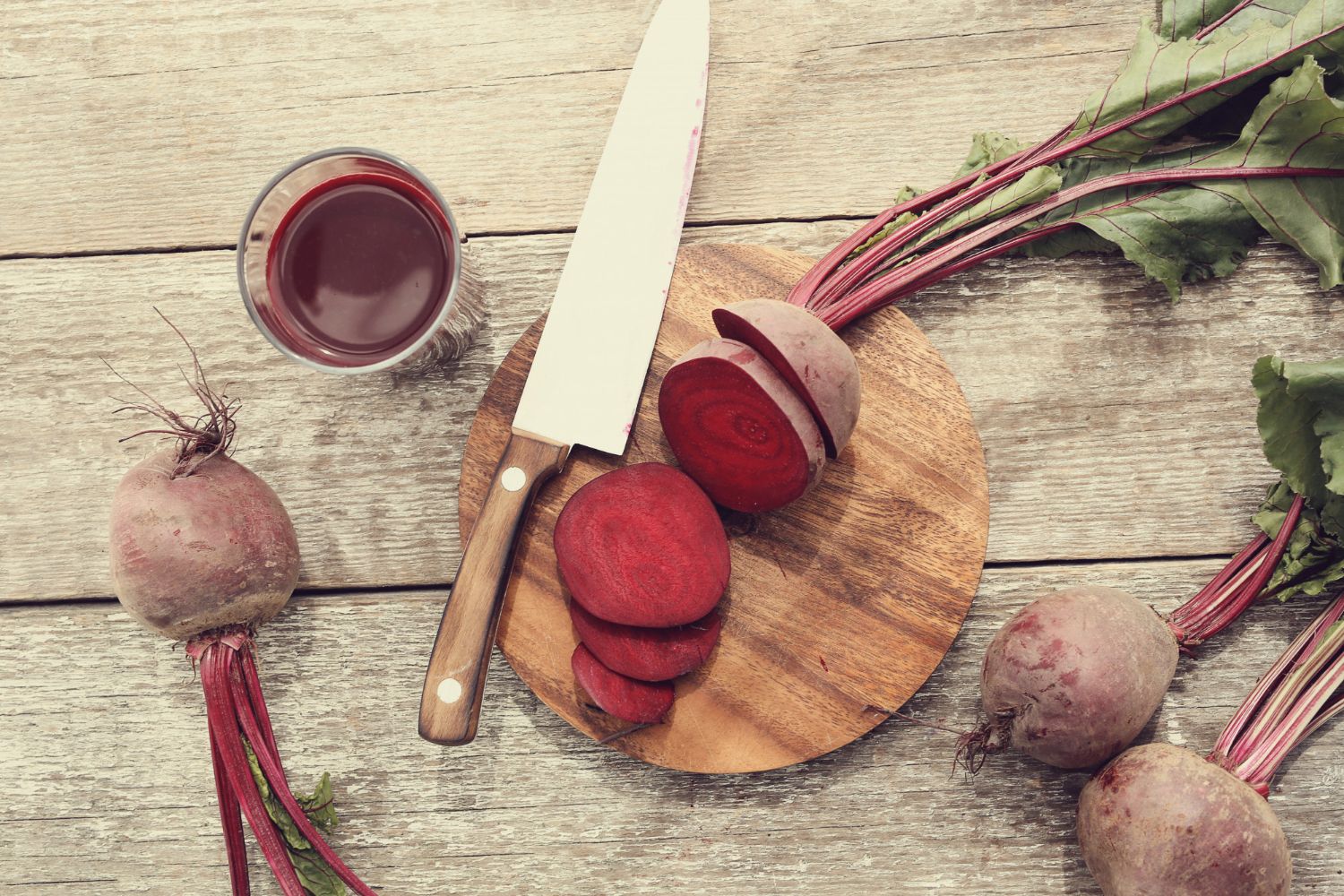In recent years, the spotlight on natural, nutrient-rich foods has illuminated the humble yet extraordinary beetroot. Originating from the Mediterranean region, beetroots have garnered attention for their exceptional nutritional profile and versatile culinary applications. Let’s delve into the abundant nutrition aspects of beetroots, exploring their origins, types, health benefits, and how to incorporate them into your diet.
Beetroots: Origins and Types
Beetroots, scientifically known as Beta vulgaris, have a rich history tracing back to ancient civilizations. Originally cultivated by the Romans, Greeks, and Egyptians, they were primarily valued for their edible roots and leaves. Over time, beetroots have evolved into various cultivars, including the familiar red beetroot, as well as golden and striped varieties.
Beetroots Nutrition
Beetroots pack a powerful punch of essential nutrients, making them a valuable addition to any diet.
A 100-gram serving of beetroots typically contains:
- Calories: Approximately 43 kcal
- Carbohydrates: Around 9.56 grams
- Fiber: Roughly 2 grams
- Protein: About 1.61 grams
- Fat: Nearly negligible
Vitamins and Minerals: Rich in vitamin C, folate, potassium, manganese, and iron
Health Benefits of Beetroots
The nutritional density of beetroots translates into numerous health benefits:
- Heart Health: Beetroots are renowned for their ability to promote cardiovascular health. Their high nitrate content may help lower blood pressure and improve blood flow, reducing the risk of heart disease.
- Improved Exercise Performance: The nitrate in beetroots has been linked to enhanced athletic performance by increasing oxygen uptake, potentially boosting endurance during physical activities.
- Detoxification: Beetroots contain betalains, potent antioxidants known for their detoxifying properties. These compounds support liver function and aid in the elimination of toxins from the body.
- Anti-inflammatory Properties: Betalains also exhibit anti-inflammatory effects, which may help alleviate symptoms of inflammatory conditions such as arthritis and improve overall immune function.
Incorporating Beetroots Nutrition into Your Diet
Harnessing the nutritional benefits of beetroots is easy and delicious.
Here are some simple ways to enjoy them:
- Raw: Grate or thinly slice raw beetroots to add a vibrant crunch to salads or slaws.
- Roasted: Roasting beetroots intensifies their natural sweetness, making them a delectable side dish or ingredient in roasted vegetable medleys.
- Juiced: Blend beetroots into a refreshing juice or smoothie for a nutrient-packed beverage.
- Pickled: Pickled beetroots make a tangy addition to sandwiches, burgers, or charcuterie boards.
- Beetroots are incredibly versatile and can be used in a variety of dishes, both sweet and savory.
Here are some ideas on how to use beetroots in the kitchen:
Roasted Beetroots
Toss beetroots with olive oil, salt, and pepper, then roast them in the oven until tender. Roasted beetroots can be served as a side dish, added to salads, or used as a topping for pizza or flatbread.
Beetroot Salad
Shred or thinly slice raw beetroots and toss them with greens, nuts, seeds, and a flavorful vinaigrette for a refreshing and nutritious salad.
Beetroot Soup
Blend cooked beetroots with vegetable broth, onions, garlic, and herbs to make a vibrant and velvety beetroot soup. Garnish with a dollop of Greek yogurt or crème fraîche for added creaminess.
Beetroot Hummus
Add cooked beetroots to your favorite hummus recipe for a colorful twist. Serve with pita bread, crackers, or raw vegetables for a healthy and flavorful snack.
Beetroot Dip
Purée cooked beetroots with Greek yogurt, lemon juice, garlic, and herbs to make a creamy and vibrant beetroot dip. Serve with sliced vegetables or crackers for dipping.
Beetroot Risotto
Stir puréed beetroots into risotto halfway through cooking to infuse it with their earthy flavor and vibrant color. Top with goat cheese or Parmesan for a rich and creamy finish.
Beetroot Pasta
Use grated beetroots to make a colorful and nutritious pasta sauce. Toss with cooked pasta, olive oil, garlic, and Parmesan cheese for a simple yet satisfying meal.
Beetroot Chips
Slice raw beetroots thinly using a mandoline slicer, then bake or fry them until crispy to make homemade beetroot chips. Season with salt, pepper, or your favorite spices for a tasty and nutritious snack.
Beetroot Smoothie
Blend cooked or raw beetroots with fruits like berries, bananas, and oranges, along with yogurt or almond milk, to make a vibrant and nutrient-rich smoothie. Add spinach or kale for an extra boost of greens.
Beetroot Cake or Brownies
Incorporate puréed beetroots into cake or brownie batter to add natural sweetness, moisture, and a beautiful pink hue. Pair with cream cheese frosting or whipped cream for a decadent dessert.
These are just a few ideas to inspire you to get creative with beetroots in the kitchen. Whether roasted, raw, puréed, or grated, beetroots offer endless possibilities for delicious and nutritious meals. Enjoy experimenting with different recipes and flavors!
Beetroots Nutrition
Incorporating beetroots into your diet offers a myriad of health benefits, from supporting heart health to boosting exercise performance and promoting detoxification. With their rich nutritional profile and versatility in the kitchen, beetroots stand as a testament to the power of natural, whole foods in nourishing both body and soul. Embrace the goodness of beetroots and reap the rewards of vibrant health and vitality.

